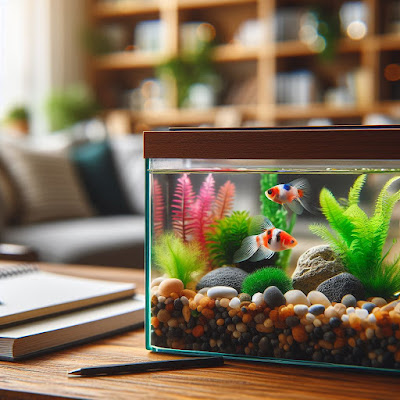The Difference Between an Aquarium Sump and Refugium
When it comes to enhancing the functionality and stability of your aquarium, many aquarists turn to additional components to complement their primary tank setup. Two popular options for achieving this are aquarium sumps and refugiums. While both serve crucial roles in maintaining a healthy aquatic environment, they have distinct purposes and functions. In this article, we will explore the key differences between an aquarium sump and a refugium.
Aquarium Sump
1. Water Filtration and Equipment Placement
An aquarium sump is essentially a separate tank or compartment located below the main aquarium. It is often used to house various filtration equipment and to perform essential water filtration tasks. Water from the main tank is drained into the sump, where it undergoes several stages of filtration and maintenance. Sumps are typically divided into sections, each designated for specific purposes.
2. Filtration Components
Common components found in an aquarium sump include mechanical filters, protein skimmers, chemical filtration media, and even a return pump to send the filtered water back to the main tank. These devices work in conjunction to remove debris, dissolved organic matter, and excess nutrients, ultimately improving water quality.
3. Water Level Control
A sump also assists in maintaining a consistent water level in the main aquarium. When water evaporates from the main tank, it is automatically replenished from the sump, ensuring a stable environment for your aquatic life.
4. Noise Reduction
One of the advantages of using an aquarium sump is that it helps reduce noise caused by equipment such as pumps and protein skimmers. These devices can be placed in the sump, effectively isolating them from the main tank.
Refugium
1. Biodiversity and Natural Filtration
A refugium, on the other hand, is a specialized section within the aquarium system designed to promote biodiversity and natural filtration. It is often characterized by the presence of live plants, macroalgae, and live rock. A refugium serves as a sanctuary for various microorganisms, small invertebrates, and beneficial macroalgae.
2. Nutrient Export
Refugiums play a crucial role in nutrient export. The organisms living in the refugium consume excess nutrients, such as nitrates and phosphates, which can otherwise lead to algae blooms and poor water quality. This natural filtration process is a key feature of refugiums.
3. Enhanced Biological Stability
The presence of a refugium can enhance the biological stability of your aquarium. It creates a microcosm within the larger aquatic environment, contributing to the overall health of the system.
4. Breeding and Shelter
Refugiums are also utilized for breeding purposes. Some aquarists use them to provide a safe space for the reproduction and development of small fish and invertebrates. Additionally, the macroalgae and live rock in a refugium offer shelter for various organisms.
In summary, while both aquarium sumps and refugiums are essential components for maintaining a thriving aquarium, they serve different functions. An aquarium sump primarily focuses on mechanical and chemical filtration, equipment placement, and water level control. It is a practical solution for improving water quality and reducing equipment noise. On the other hand, a refugium emphasizes natural filtration, biodiversity, nutrient export, and biological stability, making it an ideal choice for those seeking a more ecological and sustainable approach to aquarium maintenance. The choice between the two ultimately depends on your specific goals and the needs of your aquatic ecosystem.









.png)
